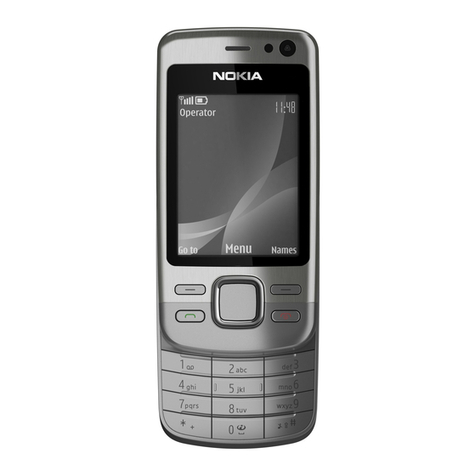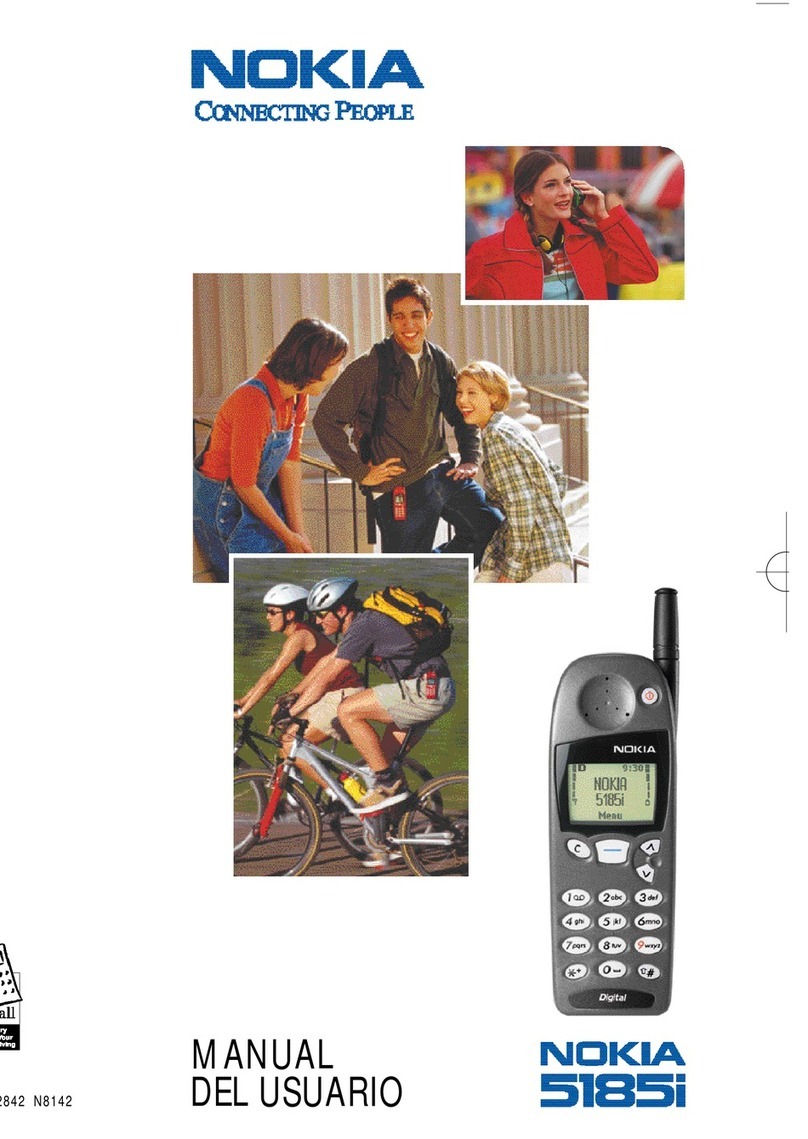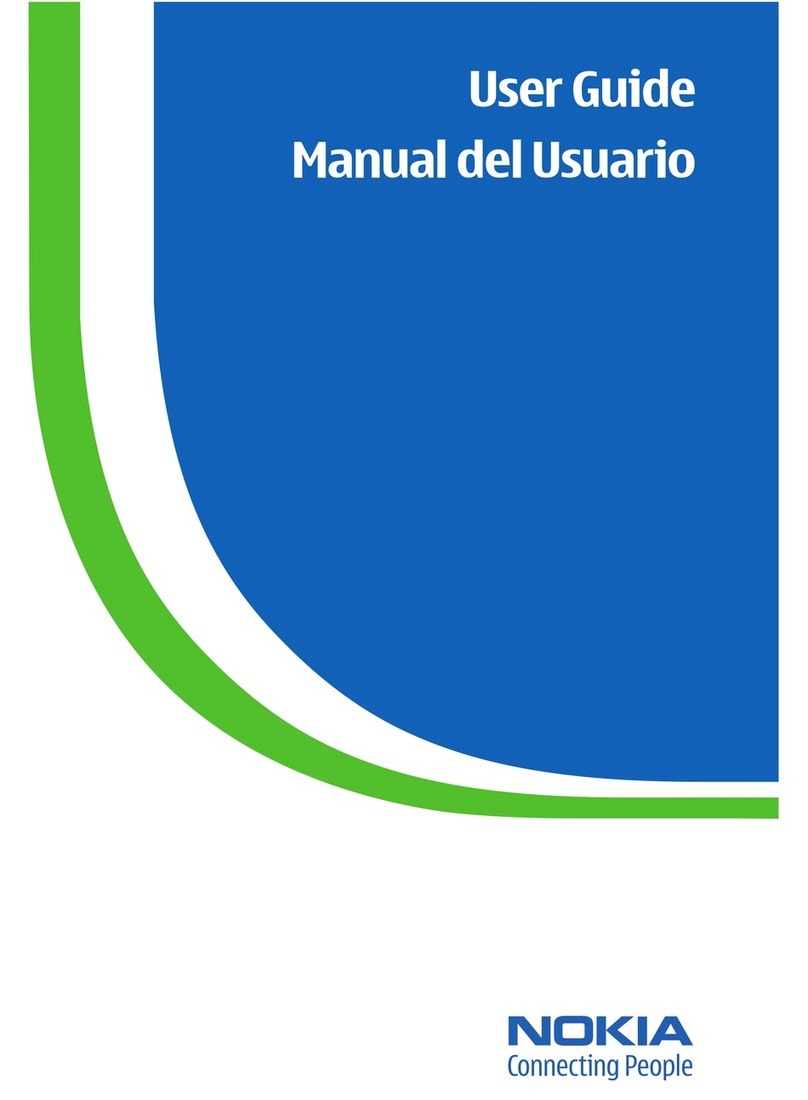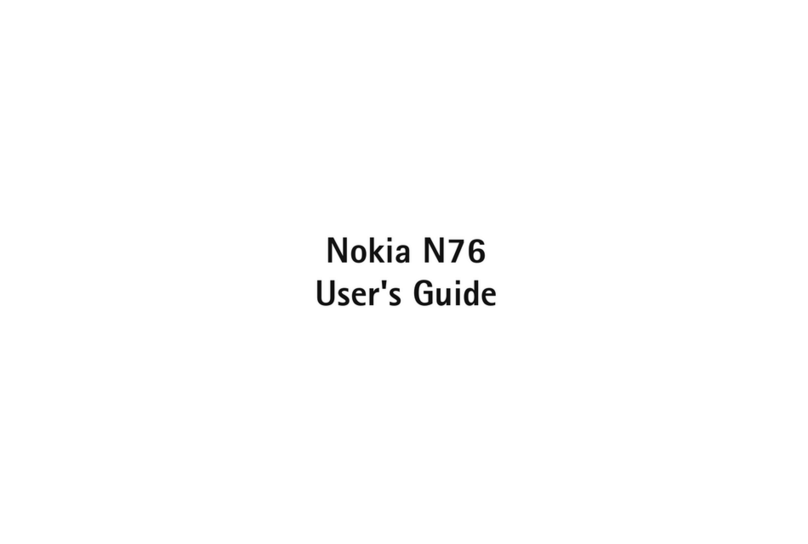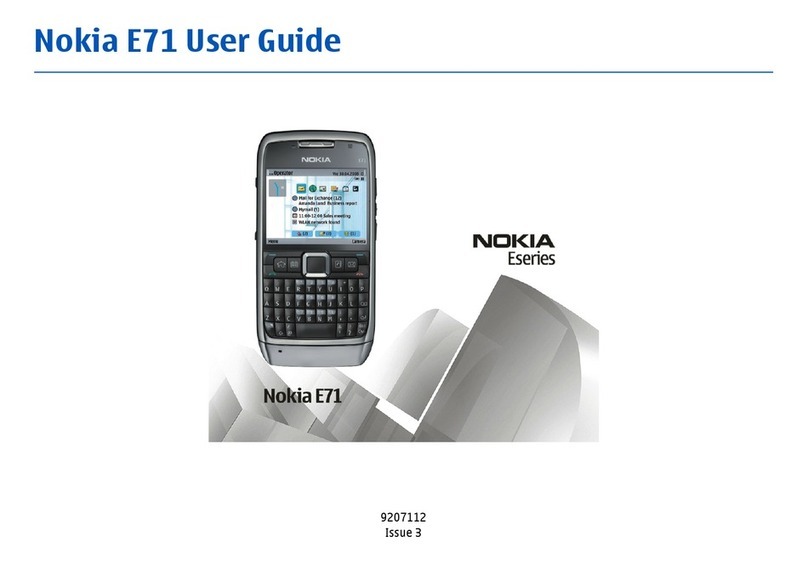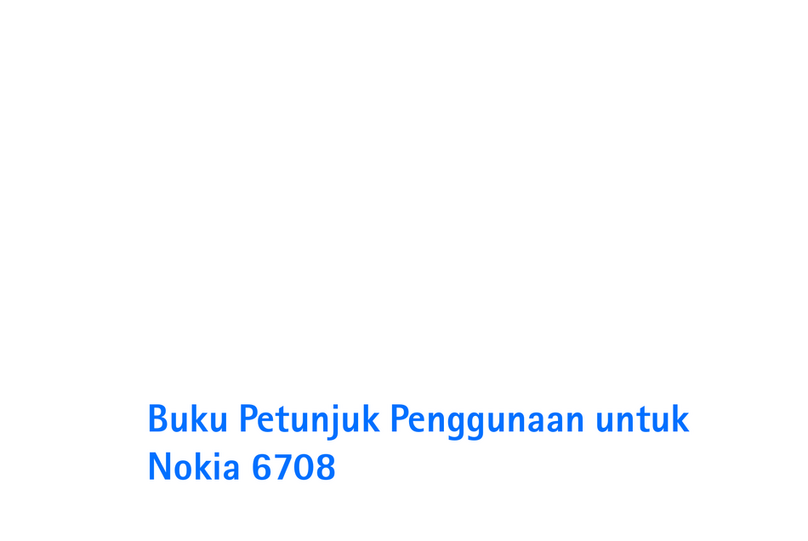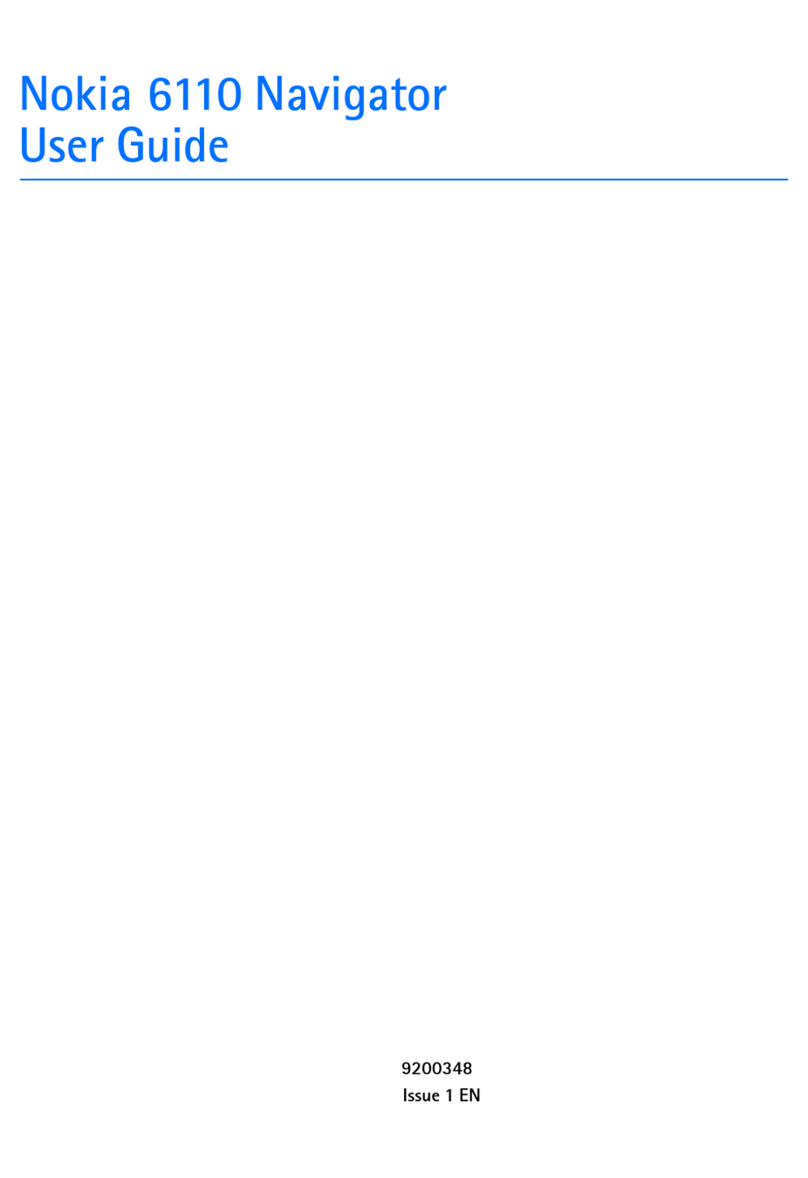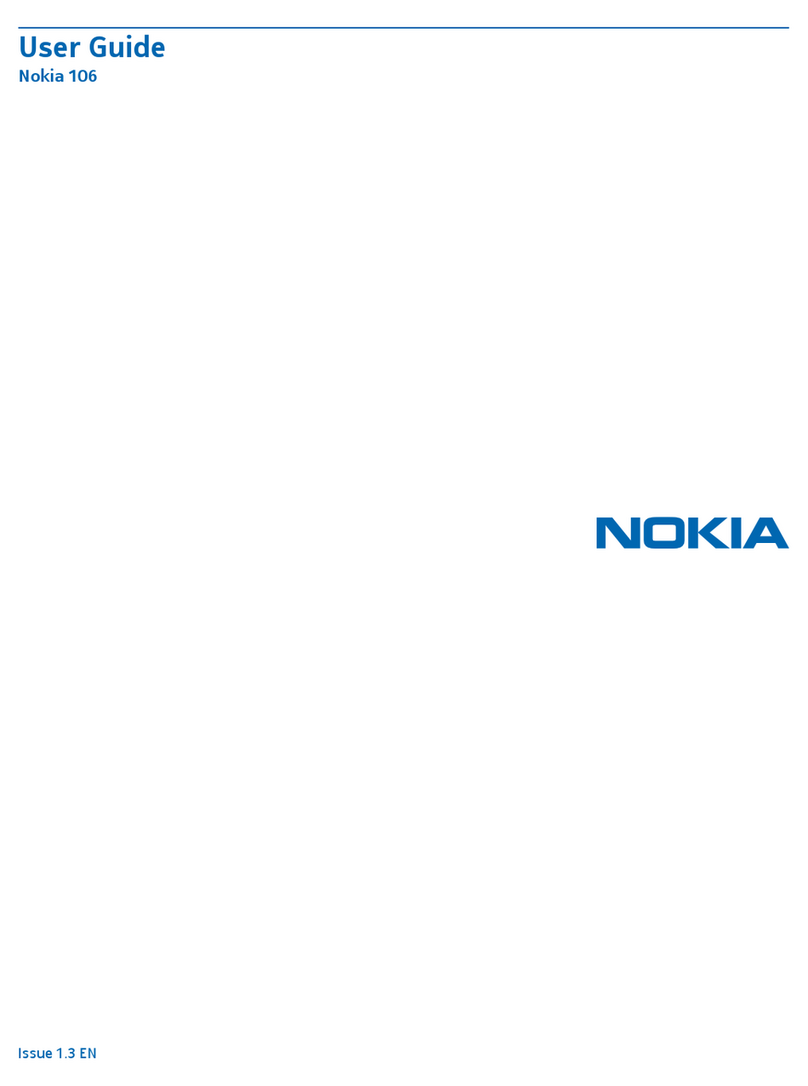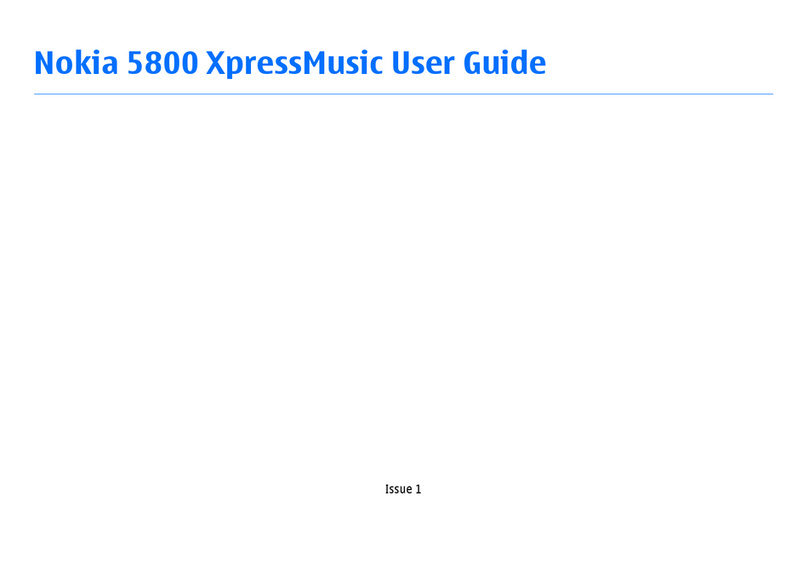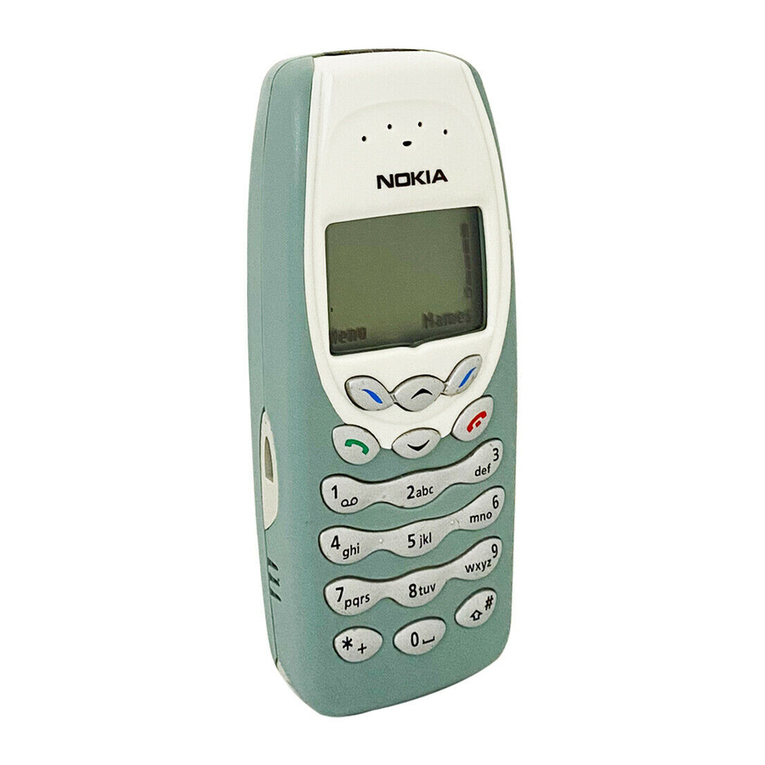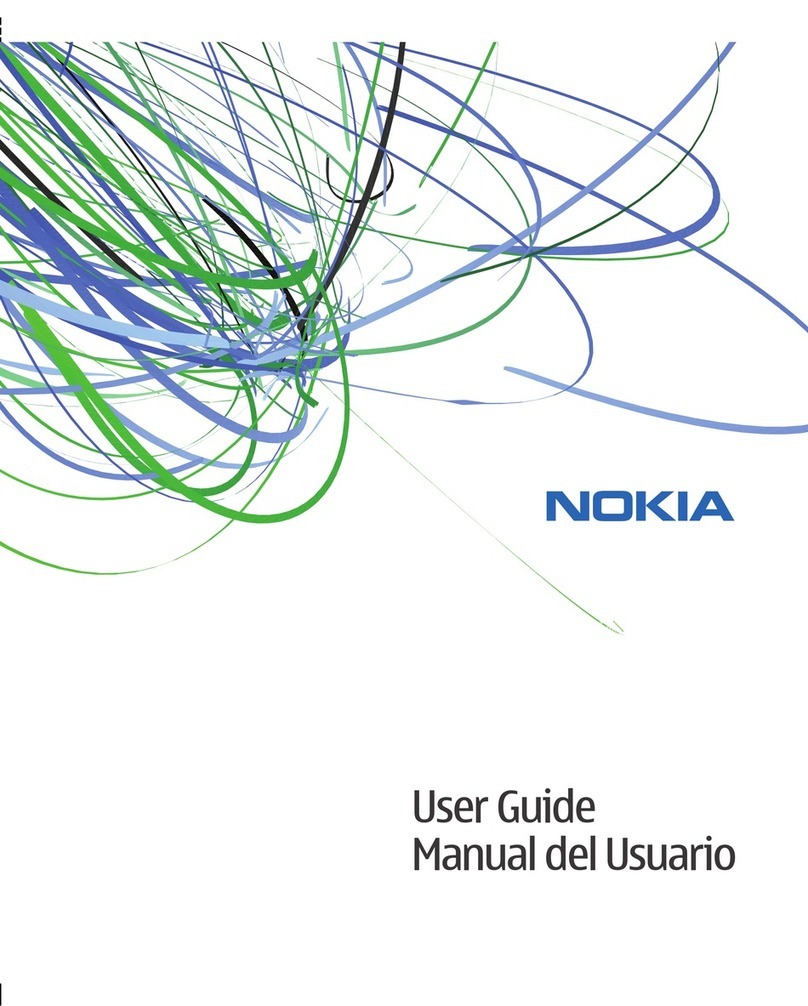
CCS Technical Documentation Troubleshooting
RH-13
Issue 1 11/02 ãNokia Corporation Page 3
General instructions for TX troubleshooting .............................................................53
AMPS/TDMA......................................................................................................... 53
GSM850.................................................................................................................. 53
GSM1900................................................................................................................ 53
Path of the transmitted signal ....................................................................................53
AMPS/DAMPS, GSM850 ...................................................................................... 53
TDMA1900, GSM1900 .......................................................................................... 54
Fault finding charts for transmitter ............................................................................55
AMPS...................................................................................................................... 55
TDMA800, GSM850 .............................................................................................. 58
TDMA1900, GSM1900 .......................................................................................... 58
Power control loop .....................................................................................................61
AMPS AND TDMA................................................................................................ 61
GSM850/GSM1900 ................................................................................................ 62
Synthesizers ................................................................................................................. 63
19.2 MHz reference oscillator ...................................................................................63
RX VHF VCO ...........................................................................................................65
Fault finding chart for RX VHF VCO .................................................................... 65
BB PLL ......................................................................................................................66
Fault finding chart for BB PLL............................................................................... 67
TX VHF VCO ............................................................................................................68
Fault finding chart for TX VHF VCO..................................................................... 68
UHF SYNTHESIZER ...............................................................................................69
Description of RH-13 RF auto-tune tunings................................................................ 70
TDMA RF tunings .....................................................................................................70
TDMA RX tunings.................................................................................................. 70
TDMA TX tunings.................................................................................................. 71
GSM RF tunings ........................................................................................................72
GSM RX tunings..................................................................................................... 73
GSM TX tunings..................................................................................................... 74
PA TROUBLESHOOTING FOR SALIERI ...........................................................75
List of Figures
Fig 1 UEM regulator's filter capacitors................................................................................6
Fig 2 BB testpoints ..............................................................................................................7
Fig 3 Power up sequence .....................................................................................................10
Fig 4 Fault tree, phone does not power up...........................................................................12
Fig 5 Fault tree, charging ....................................................................................................16
Fig 6 Fault tree, earpiece fail ..............................................................................................18
Fig 7 Fault tree, microphone fail .........................................................................................19
Fig 8 Fault tree, accessory detection....................................................................................20
Fig 9 Fault tree, data cable...................................................................................................21
Fig 10 Fault tree, sleep clock...............................................................................................22
Fig 11 Fault tree, Display/Keyboard lights..........................................................................23
Fig 12 Fault tree, display ....................................................................................................24
Fig 13 Fault tree, infra red ...................................................................................................26

